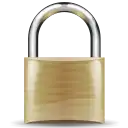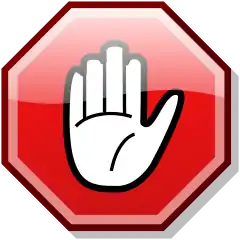MSRD:Skill Summary (Rules)
Getting Skills
At each level, a character gets skill points that are used to buy skills. The character’s class and Intelligence modifier determine the number of points received.
If the character buys a class skill, he or she gets 1 rank in the skill for each skill point spent. If the character buys a cross-class skill, he or she gets ½ rank per skill point. The maximum rank in a class skill is equal to character level + 3. The maximum rank in a cross-class skill is one-half of this number.
Acquiring Skill Ranks
Ranks indicate how much training or experience a character has with a given skill. Each skill has a number of ranks, from 0 (for a skill in which a character has no training at all) to 23 (for a 20th-level character who has increased a class skill to its maximum rank). When making a skill check, a character adds his or her skill ranks to the roll as part of the skill modifier.
The rules assume that a character can always find a way to learn any skill. However, the GM can impose limits depending on circumstances and a given situation.
| Class | 1st Level Skill Points | Higher Level Skill Points |
|---|---|---|
| Strong | (3 + Int modifier) x4 | 3 + Int modifier |
| Fast | (5 + Int modifier) x4 | 5 + Int modifier |
| Tough | (3 + Int modifier) x4 | 3 + Int modifier |
| Smart | (9 + Int modifier) x4 | 9 + Int modifier |
| Dedicated | (5 + Int modifier) x4 | 5 + Int modifier |
| Charismatic | (7 + Int modifier) x4 | 7 + Int modifier |

